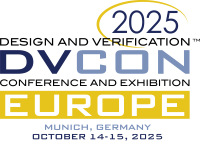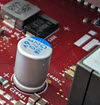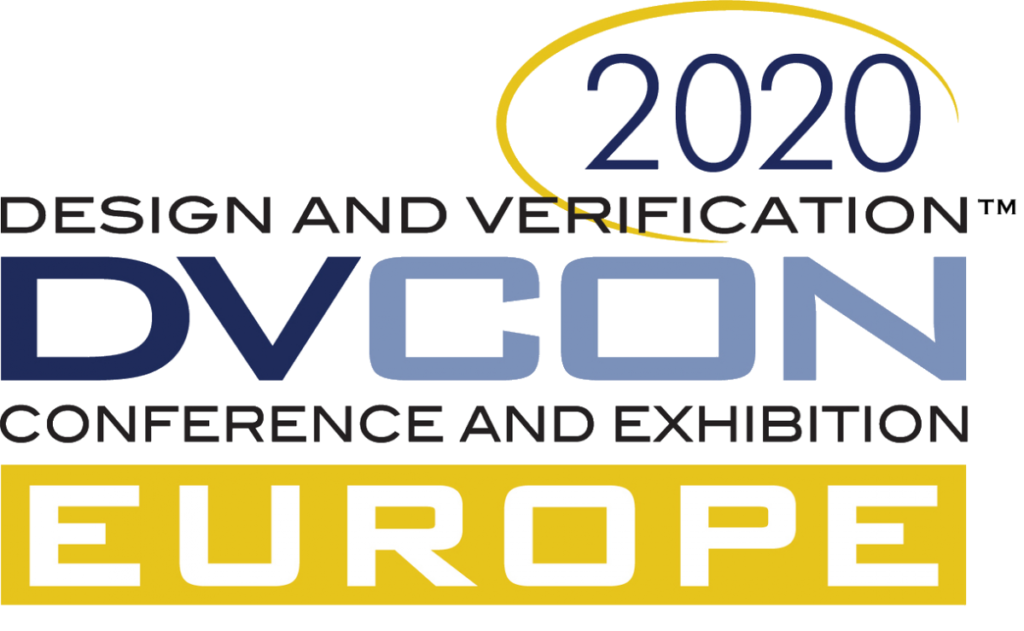 When mobile phones first appeared, they were powered by very simple cores like the venerable ARM7 and later the ARM9. Low clock frequencies, zero microarchitectural sophistication, sufficient for the job. In recent years, as smartphones have come into their own as the most important computing device for most people, the processor performance of mobile phones have increased tremendously. Today, cutting-edge phones and tablets contain four or eight cores, running at clock frequencies well above 2 gigahertz. The performance race for most of the market (more about that in a moment) was mostly about pushing higher clock frequencies and more cores, even while microarchitecture was left comparatively simple. Mobile meant “fairly simple”, and IPC was nowhere near what you would get with a typical Intel processor for a laptop or desktop.
When mobile phones first appeared, they were powered by very simple cores like the venerable ARM7 and later the ARM9. Low clock frequencies, zero microarchitectural sophistication, sufficient for the job. In recent years, as smartphones have come into their own as the most important computing device for most people, the processor performance of mobile phones have increased tremendously. Today, cutting-edge phones and tablets contain four or eight cores, running at clock frequencies well above 2 gigahertz. The performance race for most of the market (more about that in a moment) was mostly about pushing higher clock frequencies and more cores, even while microarchitecture was left comparatively simple. Mobile meant “fairly simple”, and IPC was nowhere near what you would get with a typical Intel processor for a laptop or desktop.
Today, that seems to be changing, as the Nvidia Denver core and Apple’s Cyclone core both go the route of a few fat cores rather than many thin cores.
Continue reading “Thin Phone, Fat Core”






 Probably thanks to the yearly Mobile World Congress, there have been a slew of recent announcements of mobile application processors recently. Everything is ARM-based, but show quite some variety in the CPU core configurations used. Indeed, I think this variety has something to say on the general state of multicore.
Probably thanks to the yearly Mobile World Congress, there have been a slew of recent announcements of mobile application processors recently. Everything is ARM-based, but show quite some variety in the CPU core configurations used. Indeed, I think this variety has something to say on the general state of multicore.